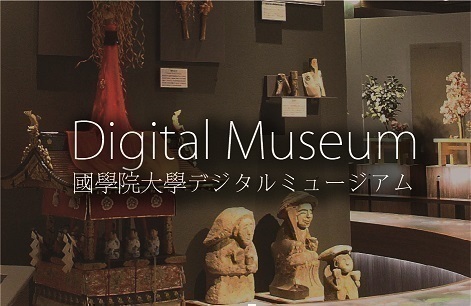- トップ
- Encyclopedia of Shinto
- Daitōsai (Nagano)
Encyclopedia of Shinto
| Main Menu: | |
| Links: |
詳細表示 (Complete Article)
| カテゴリー1: | 5. Rites and Festivals |
|---|---|
| カテゴリー2: | Individual Shrine Observances |
| Title | Daitōsai (Nagano) |
| Text | A festival in which offerings of freshly harvested grains are made by local community leaders (tōnin). Celebrated between December 10 and 14 at Takemizuwake Shrine in Kōshoku City, Nagano Prefecture. The name of the festival is derived from the term designating the position of the third of the five numbered tōnin, who holds the highest rank and therefore is known as the "daitō". Before being appointed as a daitō, one must serve, in order, as the fifth, fourth, second, and first tōnin for ten years each, making offerings in order to earn the right to participate in a "divine lottery" (mikuji). Even if one is lucky enough to be selected by mikuji every year, it still takes fifty years to complete the whole process. Preparations for the festival start in the preceding year. On the last evening of the festival, the five tōnin appointed for the next year (the otōgumi) are selected by mikuji. A ritual space (saijō) for the ritual transfer (otōwatashi) of the tōnin office is constructed in the garden of the tōnin's house (tōya), where a "divided spirit" (bunrei) of the shrine's kami will be worshipped for one year. The transfer ceremony takes place on December 16 and the ritual space is known as ohakkai. At the beginning of December in the following year, each tōnin carries out a ritual of "cauldron purification" (kamakiyome), prepares rice cakes for offerings and undergoes a period of abstinence (monoimi). Between the tenth and the fifteenth, when the festival is held, the tōnin offer rice cakes made from the year's harvest to the shrine in the order of their titles, first through fifth. Dressed in white, they silently make offerings and receive ritual purification (harai) while seated on a straw rice bag in front of the ohakkai. Then, they head in procession to Suwa Shrine, which is also known as "imi no mori" (the taboo forest). The tōnin remain here in complete silence until sunset, while various performing arts are being dedicated to them. After this, the procession becomes a neri matsuri (marching parade) that winds its way to the shrine. People roast beans in front of the houses along the route to welcome the tōnin. As the tōnin enter the shrine, they pay respects to the deity and offer rice cakes made from the year's harvest. After a tour of the sessha and the massha, they return to the tōya for the ceremonial celebration (naorai) marking the end of the festival. Families of persons having held the daitō office are considered to have special status as part of the daitō lineage. (daitōsuji). — Mogi Sakae |




